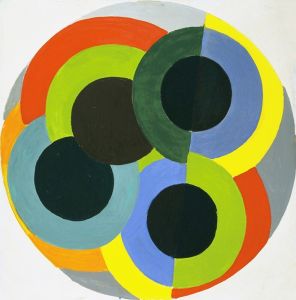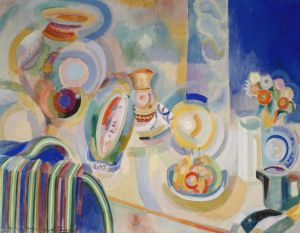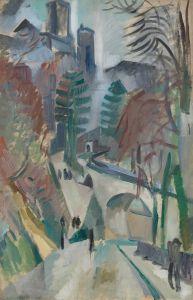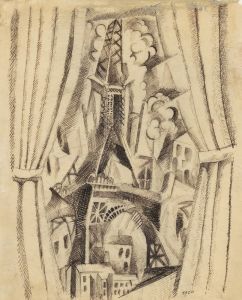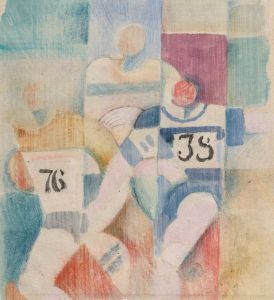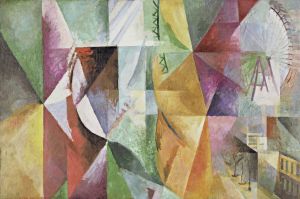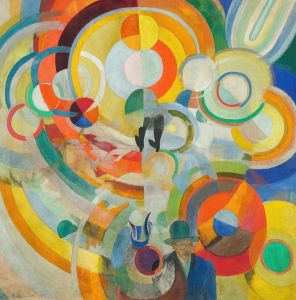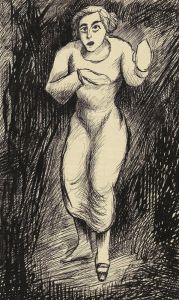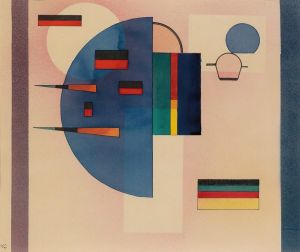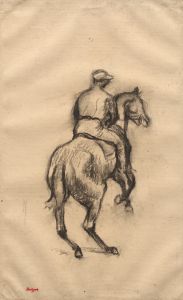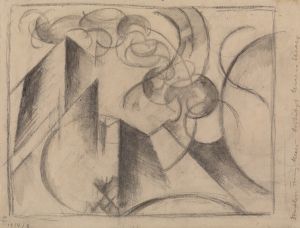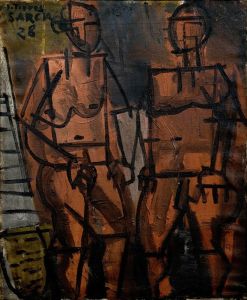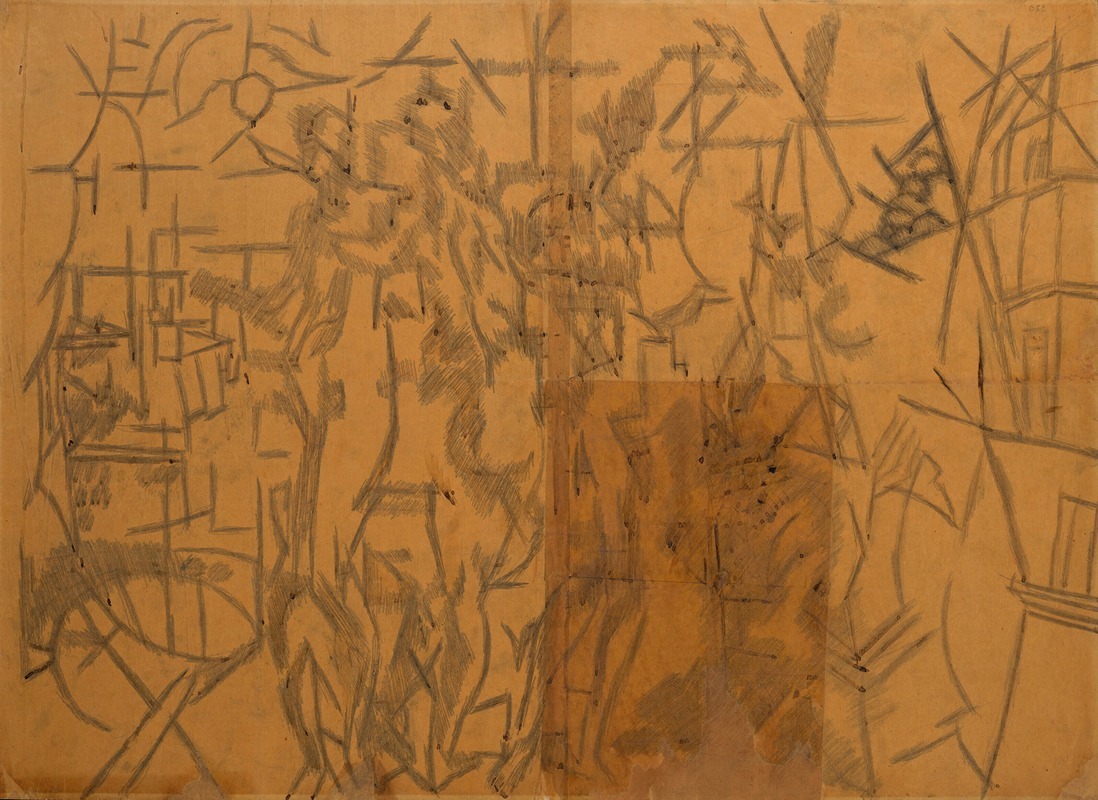
Étude pour ‘La Ville de Paris’
A hand-painted replica of Robert Delaunay’s masterpiece Étude pour ‘La Ville de Paris’, meticulously crafted by professional artists to capture the true essence of the original. Each piece is created with museum-quality canvas and rare mineral pigments, carefully painted by experienced artists with delicate brushstrokes and rich, layered colors to perfectly recreate the texture of the original artwork. Unlike machine-printed reproductions, this hand-painted version brings the painting to life, infused with the artist’s emotions and skill in every stroke. Whether for personal collection or home decoration, it instantly elevates the artistic atmosphere of any space.
Étude pour ‘La Ville de Paris’ is a notable work by the French artist Robert Delaunay, a key figure in the development of abstract art in the early 20th century. Delaunay is best known for his role in the Orphism art movement, which is characterized by its use of strong colors and geometric shapes. This movement was a branch of Cubism that emphasized the lyrical use of color and the dynamic interplay of light.
The painting Étude pour ‘La Ville de Paris’ serves as a study for a larger work titled La Ville de Paris, which Delaunay completed in 1912. This study reflects Delaunay's fascination with the modern city and his innovative approach to capturing its essence through abstraction. The painting is part of a series where Delaunay explored the theme of urban landscapes, particularly focusing on Paris, a city that symbolized modernity and progress during that era.
In Étude pour ‘La Ville de Paris’, Delaunay employs vibrant colors and fragmented forms to depict the bustling energy of Paris. The composition is characterized by its use of circular forms and intersecting planes, which create a sense of movement and dynamism. This approach was influenced by the technological advancements and the rapid pace of change in the early 20th century, which Delaunay sought to express through his art.
Delaunay's work during this period was heavily influenced by the Eiffel Tower, a recurring motif in his paintings. The tower, a symbol of modern engineering and innovation, often appears in his works as a central element that ties together the various components of the cityscape. In Étude pour ‘La Ville de Paris’, the Eiffel Tower is likely present as part of the abstracted forms, contributing to the overall sense of urban vibrancy.
The painting also reflects Delaunay's interest in the concept of simultaneity, a key principle of Orphism. Simultaneity refers to the depiction of multiple perspectives and moments in time within a single composition. This technique allows the viewer to experience the painting as a dynamic, ever-changing scene, much like the city itself.
Delaunay's use of color in Étude pour ‘La Ville de Paris’ is particularly noteworthy. He employed a technique known as "simultaneous contrast," where colors are placed next to each other to enhance their visual impact. This method creates a sense of depth and luminosity, drawing the viewer into the vibrant world of the painting.
Étude pour ‘La Ville de Paris’ is an important example of Delaunay's contribution to the development of abstract art. It showcases his ability to blend elements of Cubism with his own unique vision, resulting in a style that is both innovative and deeply connected to the cultural and technological changes of his time. Through this work, Delaunay captures the spirit of Paris as a symbol of modernity, reflecting the dynamic energy and complexity of urban life.
Today, Robert Delaunay's works, including Étude pour ‘La Ville de Paris’, are celebrated for their pioneering approach to color and form. They continue to be studied and admired for their contribution to the evolution of modern art, offering insight into the ways artists responded to the rapidly changing world around them.





